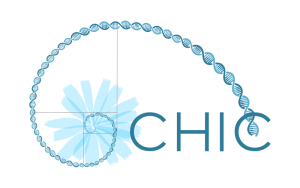NPBT for Dietary Inulin, How We Implement It?
Inulin is a dietary fiber with health-promoting characteristics mainly targeted at gut health. But what is gut health? “Gut health” describes the function and balance in the human’s gastrointestinal tract, ideally consisting of organs such as the esophagus, stomach, and intestines, in combination with the intestinal microbiota, that work together for digesting food. Inulin is a dietary fibre that cannot be degraded or digested by ourselves but can be used by ‘healthy’ micro-organisms to grow on. Why is it important to stimulate the growth of healthy microbiota in our gut? The composition of gut microbiota has broad impacts, including resistance to pathogens, maintaining the intestinal epithelium, metabolizing dietary and pharmaceutical compounds, controlling our immune function, and it even can influence our behaviour via the gut-brain connection.
On industrial scale, inulin is extracted from root chicory and used in many food products as low-calorie sweetener, fat-replacer and as pre-biotic (compounds in food that induce the growth or activity of beneficial microorganisms such as bacteria and fungi). The quality and the length of the inulin molecules determine the value and health-beneficial character of this dietary fiber. Using New Plant Breeding Techniques (NPBTs) could increase both the quality and the mean length of inulin.
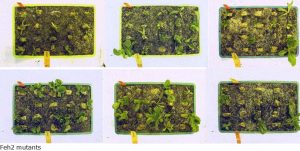
During its research, within WP 2 we were able to produce chicory lines that are blocked in the breakdown of inulin under Autumn/ Winter conditions via CRIPSR’ed mutations in the genome, leading to high-quality inulin with a longer degree of polymerization.
In the industrial process, the very bitter taste from the chicory taproot is co-extracted with inulin. But this bitter taste hinders the broad food application of inulin. Therefore, additional purification steps are required which increase the cost of the process and thereby of inulin itself.
Within the CHIC project we could generate mutant chicory plants. The terpene synthesis genes are blocked using NPBT due to the small alteration made in the plant DNA using the CRISPR tools. This process reduced the presence of bitter compounds in the chicory mutant plants. We are now in the process of combining these two traits in one plant: reduction of the bitter compounds with high-quality inulin under Autumn/ Winter conditions.
Check out Work Package 2 video –
Work Package Leader
 Dr. Ingrid M. van der Meer, WP2 Leader
Dr. Ingrid M. van der Meer, WP2 Leader
Implementation of NPBT for Dietary Inulin
CHIC News!
Follow us!

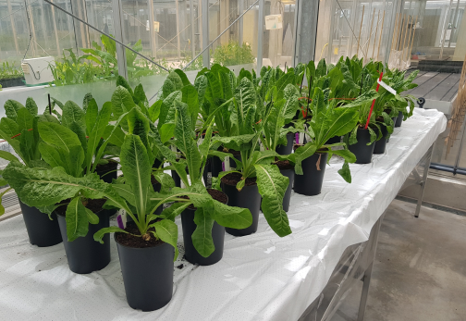

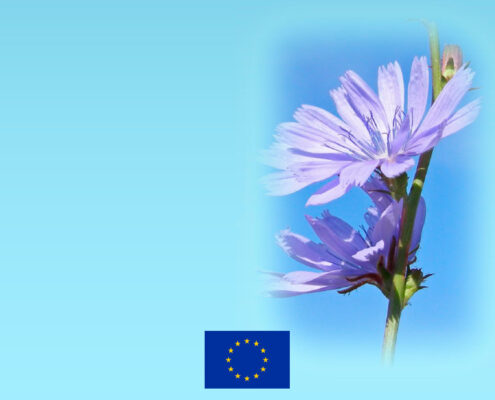
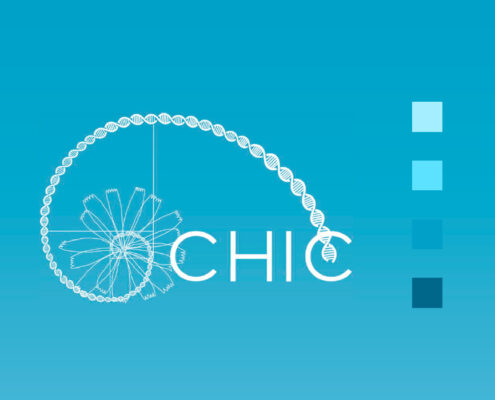
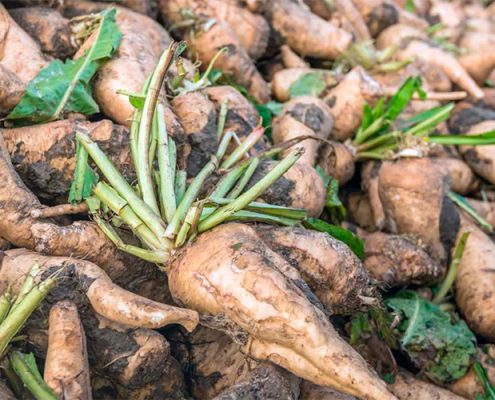
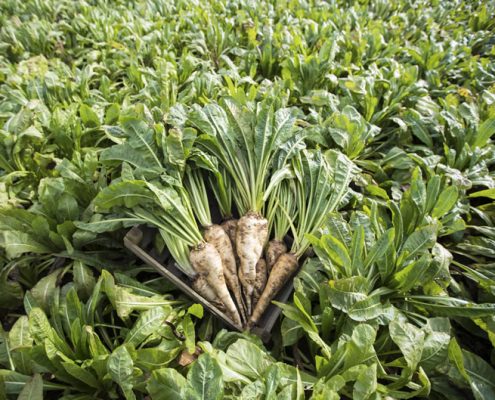
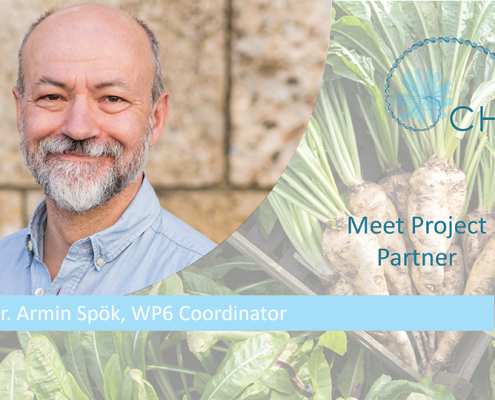
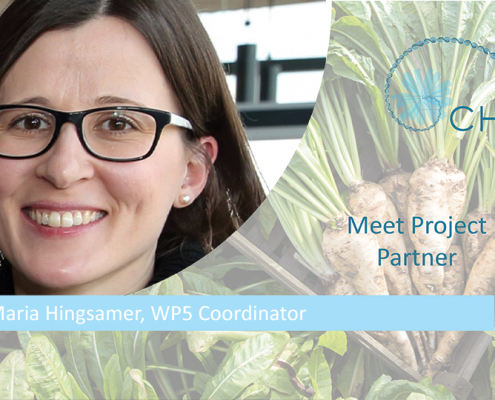
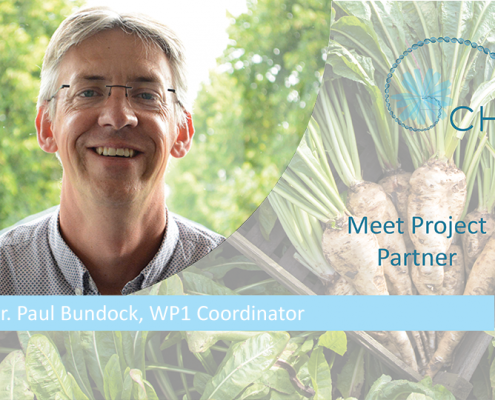

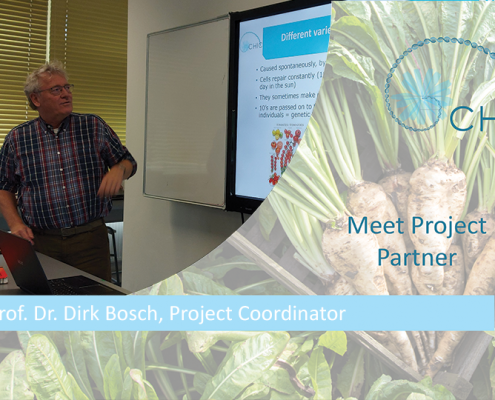
 This project has received funding from the EU Horizon 2020 research & innovation programme under grant agreement N. 760891.
This project has received funding from the EU Horizon 2020 research & innovation programme under grant agreement N. 760891.

